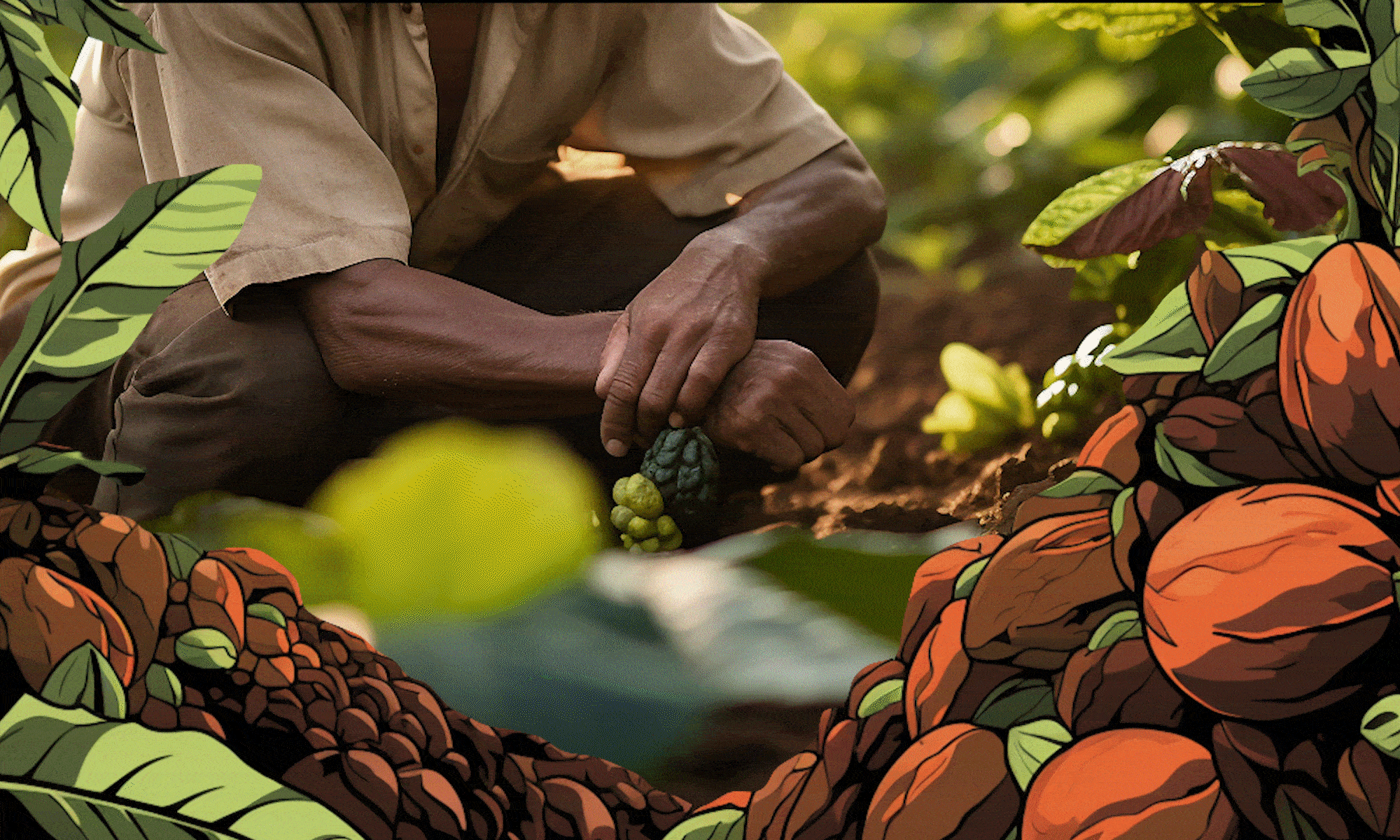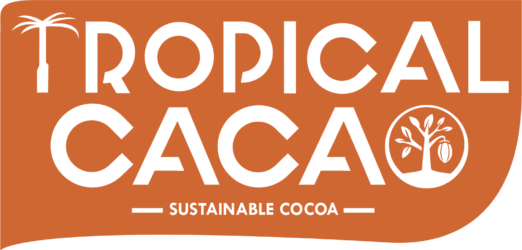🌱 Sustainable Cacao Farming: The Science of Fermentation & Temperature Control
Cacao farming is more than just growing trees—it’s about mastering the post-harvest process to produce high-quality beans that make exceptional chocolate. 🍫 One of the most critical steps? Fermentation.
Done correctly, fermentation unlocks rich flavors, removes bitterness, and prepares the beans for drying and roasting. But this process isn’t automatic—it requires careful temperature and moisture control to ensure the best results. 🌡️
In this guide, we’ll explore:
✅ Why fermentation is essential for premium cacao.
✅ How to control temperature for consistent quality.
✅ Sustainable techniques to maintain moisture balance.
Let’s dive in! 🌍✨
🍃 The Importance of Fermentation in Cacao Farming
After harvesting, cacao beans are still coated in a sweet, sticky pulp. This pulp contains natural sugars that begin to ferment when exposed to heat and microorganisms.
What Does Fermentation Do?
✔️ Breaks down bitterness – Enzymes transform raw, astringent flavors into smooth, rich notes.
✔️ Develops chocolate aromas – Essential for nutty, fruity, and floral taste profiles.
✔️ Stops germination – Prevents beans from sprouting, keeping them usable for chocolate production.
Without proper fermentation, cacao beans would taste flat or overly bitter—a nightmare for chocolate makers! 🍫
🌡️ Temperature Control: The Secret to Perfect Fermentation
Fermentation naturally generates heat, but if temperatures aren’t managed, beans can:
❌ Ferment too slowly (leading to sour flavors).
❌ Overheat (resulting in burnt or bitter beans).
Ideal Temperature for Fermentation
🔥 45–50°C (113–122°F) – The golden range for proper fermentation.
🌡️ Below 40°C (104°F) – Fermentation is too slow, leaving excess acidity.
⚠️ Above 50°C (122°F) – Risk of over-fermentation and burnt flavors.
How to Maintain Temperature Naturally
🌿 Use Wooden Fermentation Boxes – These retain heat while allowing proper air circulation.
🍌 Cover with Banana Leaves – Helps trap warmth and maintain consistent fermentation.
🔄 Turn Beans Every 24–48 Hours – Ensures even heat distribution and prevents overheating.
🔥 Pro Tip: Sustainable farms use natural thermometers like inserting a wooden stick—if it feels too hot to hold, it’s time to turn the beans!
💦 Controlling Moisture for Optimal Fermentation
Fermentation doesn’t just rely on heat—it also needs the right humidity levels.
💧 Too dry? Beans won’t ferment properly, leading to weak flavors.
💦 Too wet? Risk of mold and bacteria ruining the batch.
How to Control Moisture Sustainably
🌱 Natural Coverings: Banana leaves or jute sacks help retain just enough moisture.
💨 Proper Drainage: Well-designed wooden boxes allow excess liquid to escape.
☀️ Airflow Management: In humid regions, beans need extra airflow to prevent mold.
🚀 Eco-Friendly Solution: Some farms use solar-powered fans to regulate airflow, reducing energy use while ensuring consistent moisture levels.
🌍 Sustainable Fermentation Techniques for Cacao Farmers
To balance quality, efficiency, and environmental responsibility, many cacao farms are adopting sustainable fermentation methods.
♻️ Eco-Friendly Fermentation Practices
🔸 Using Renewable Materials: Wooden fermentation boxes instead of plastic.
🔸 Recycling Cacao Husks: Turning waste into natural compost for soil health.
🔸 Solar Drying Systems: Reducing reliance on electricity for drying beans.
🔸 Bio-Fermentation Tanks: Some farms repurpose fermentation runoff for energy production.
By combining traditional techniques with modern sustainability, farms can produce top-tier cacao while protecting the planet. 🌎✨
🍫 The Final Reward: Flavor-Rich, Sustainable Cacao Beans
When fermentation is done right, cacao beans develop the deep, complex flavors that make artisan chocolate special. This means:
✔️ Higher-quality beans that fetch better prices for farmers.
✔️ More sustainable farming that protects the land and resources.
✔️ Better chocolate for consumers—rich, smooth, and ethically sourced!
🚀 Takeaway: The Future of Sustainable Cacao Fermentation
Cacao fermentation isn’t just a process—it’s an art form that transforms raw beans into world-class chocolate. By managing temperature and moisture, using sustainable materials, and optimizing fermentation conditions, cacao farmers can:
✅ Improve flavor development.
✅ Reduce waste and energy consumption.
✅ Protect biodiversity and ecosystems.
💬 What are your thoughts on sustainable cacao farming? Let’s start the conversation in the comments!
🔗 Follow Us on Instagram | Explore More Sustainable Cacao Practices | Visit Tropical Cacao Com
#SustainableCacao #CacaoFermentation #BeanToBar #OrganicChocolate #EthicalFarming

